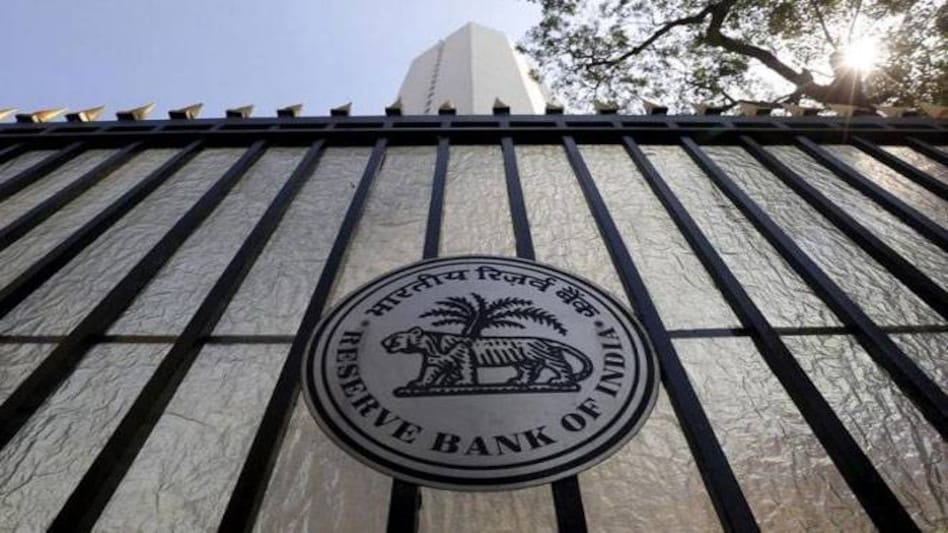

It is going to be 17 months since Reserve Bank of India (RBI) had first asked the banks to take the 12 big loan defaulters to National Company Law Tribunal (NCLT) and try under the Insolvency & Bankruptcy Code (IBC).
The move which was perceived as a bold step was expected to tame the ballooning non-performing assets (NPAs) on the books of banks and revive the debt-ridden companies bringing in a responsible management. Has it achieved the desired results?
Of the 1198 bankrupt companies admitted for resolution, just 52 are being sold until September end. The liquidation process has started in 212 cases. There are 816 cases pending for resolution.
According to the Insolvency and Bankruptcy Board of India, the IBC allowed resolution time of 270 days are over in 238 cases. The current law allows a maximum 270 days for resolution- an initial 180 days and an extra 90 days extension on case by case basis. By September end, 158 cases had crossed initial deadline of 180 days.
One reason for the delays is that the government has made many changes in the law through two amendments. There are lengthy legal proceedings due to complications in defining the law. The lack of sufficient resources in terms of insolvency professionals, judicial benches and technical experts at NCLT is another issue.
In September, finance minister Arun Jaitley said that the banks would recover Rs 1.8 lakh crore from overall NPAs through insolvency and other resolution mechanisms. The overall NPA so far would come around Rs 10 lakh crore.
The court initiated resolution process in the 12 companies, which together had an outstanding claim of Rs 3.45 lakh crore, soon after and four companies have been handed over to the new promoters-Electrosteel Steels to Vedanta; Bhushan Steel to Tata Steel; Monnet Ispat to JSW Steel; and Amtek Auto to Liberty House.
The financial creditors had an admitted claim of Rs 13,175 crore in Electrosteel, but the deal with Vedanta fetched just 40.38 per cent of the claim at Rs 5,320 crore. In Amtek, the claim was Rs 12,605 crore, but the realisation was Rs 4334 crore, 34.38 per cent.
The lowest was in Monnet, the Rs 2,892 crore deal was just 26.26 per cent of the admitted claim. But Bhushan had the highest realisation of 63.50 per cent as the deal was Rs 35,571 crore against the claim of Rs 56,022 crore.
NCLT had ordered to liquidate Lanco Infratech and Jyoti Structures, which are in the first list of 12 cases. The remaining six cases are still in the lengthy court proceedings. For Essar Steel, the lenders backed the Rs 42,000 crore repayment plan of ArcelorMittal.
However, the erstwhile promoters, the Ruia family had submitted a Rs 54,000 crore bid recently to get back control of the steel company. The plan involved repaying all lenders and operational creditors in full. They said the submission had been made under Section 12A of the Insolvency and Bankruptcy Code (IBC), which allows companies to be withdrawn from the resolution process.
In the initial round of bidding, another firm Bhushan Power and Steel (BPSL) received bids of Rs 11,000 crore from JSW Steel, Rs 17,000 crore from Tata Steel and Rs 18,500 crore from Liberty House. JSW subsequently revised its bid to Rs 19,700 crore, which has now won the lenders' approval.
But Tata Steel recently alleged that lenders have violated orders of the National Company Law Appellate Tribunal (NCLAT) by allowing JSW to change the basic parameters of its bid three times after the deadline. In the other four cases-Jaypee Infratech, Era Infra Engineering, Alok Industries and ABG Shipyard-the resolution process is on but there is no clarity yet on whether they will be sold to anyone.
Outside the big 12 cases, the lenders of Ruchi Soya had approved the Rs 6,000-crore bid of Adani Wimar in June but the deal is not yet concluded. Similarly, the Binani Cement case is also pending.